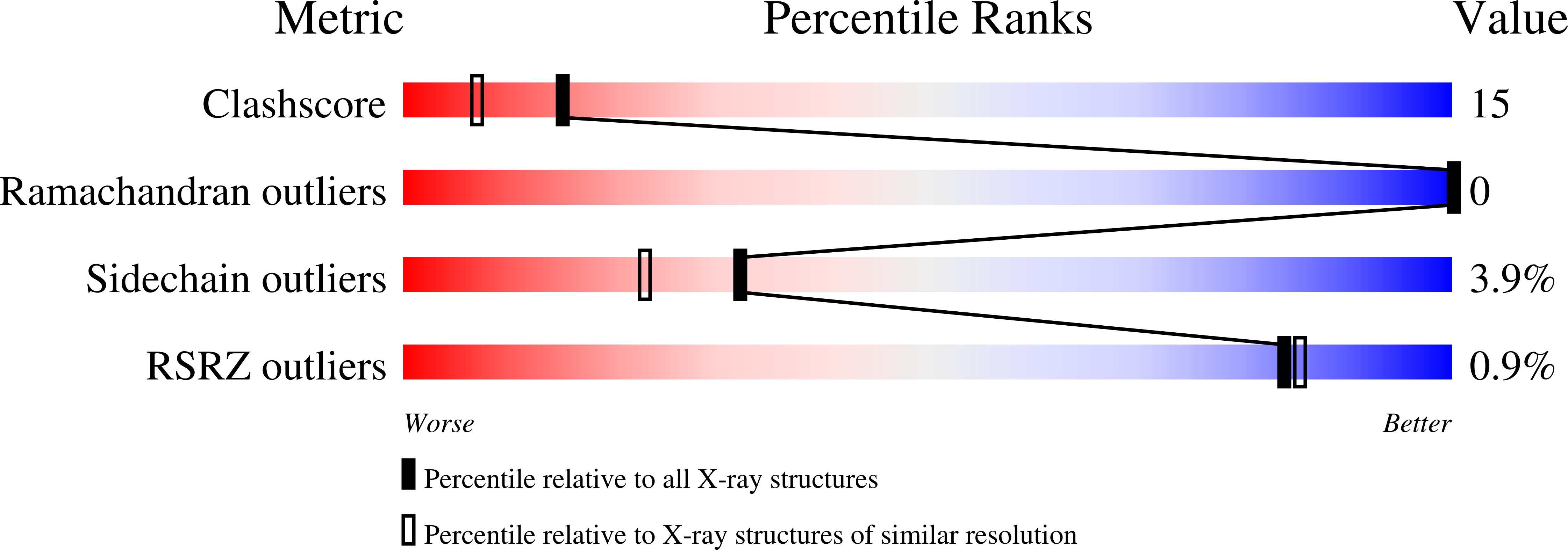
Deposition Date
2000-09-28
Release Date
2001-09-28
Last Version Date
2024-11-20
Entry Detail
PDB ID:
1FY3
Keywords:
Title:
[G175Q]HBP, A mutant of human heparin binding protein (CAP37)
Biological Source:
Source Organism:
Homo sapiens (Taxon ID: 9606)
Host Organism:
Method Details:
Experimental Method:
Resolution:
1.89 Å
R-Value Free:
0.25
R-Value Work:
0.18
Space Group:
P 21 21 21


